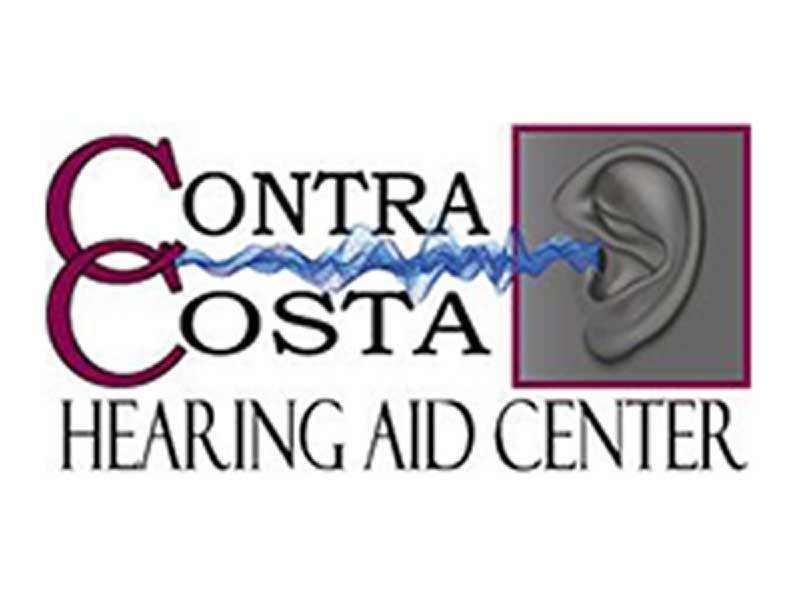While hearing aid devices have historically been the most common way to help hearing impaired individuals hear more clearly, cell phones and smart phones are now picking up the slack to work together in this effort. Through unique technology, your phone can help you tackle your day with increased confidence. If you never thought cell phones and hearing aids would go together, think about that one more time. Both cell and smart phones are taking over the hearing impaired community in conjunction with the capabilities of modern day hearing aids. Because sometimes a hearing aid just doesn’t meet all the communication needs of users, cell phones and smart phones can help out. Featuring state of the art technology to accommodate the hearing impaired population, cell phones and smart phones now have special components that result in greater clarity of sound.
Smart Phones- Leading The Way
Through something called HAC, or hearing aid capability, hearing impaired people can learn all about the capabilities on their device before they spend their money on it. Smart phones, while dominating the market with superior technology built right in for a few years now, can now operate alongside traditional hearing aids. Similarly to regular cell phones, these devices contain high-level telecoils built into the device itself, representing a unique way of being able to hear better each and every day.
Due to the presence of static and noise cancelling technology that come equipped in the latest models, people who use hearing aids can further take advantage of smart phone usage. The ideal factor about this is that there is virtually no feedback or static present when using a hearing aid in conjunction with a cell phone. What results is a higher level of clarity in hearing for better communication and noise filtration. Smart and cell phones are also pretty adept at alerting users via a phone call or text with blinking LED lights to get the user’s immediate attention. They can also send vibrations to inform the user of an incoming message, phone call or text.
Thanks to integral components that make users feel safe and secure in their daily lives, smart phones feature helpful applications for hearing impaired individuals. Some can locate active subtitles for a movie a user wants to watch, while others can find a syndicated television program on television.
Cell Phone Technological Advancements
Today’s cell phone models are come standard with a special component called a telecoil that basically converts important magnetic signals from the phone into sound signals. This is how the user interprets sound. The telecoil and the cell phone can produce this desired result by working together. Modern cell phones must meet or exceed a T3 or T4 standard that proves they can handle the power and efficiency that is necessary in working with modern hearing aids. With improvements in the hardware and software of cell phones, optimal enjoyment for the user is achieved.
